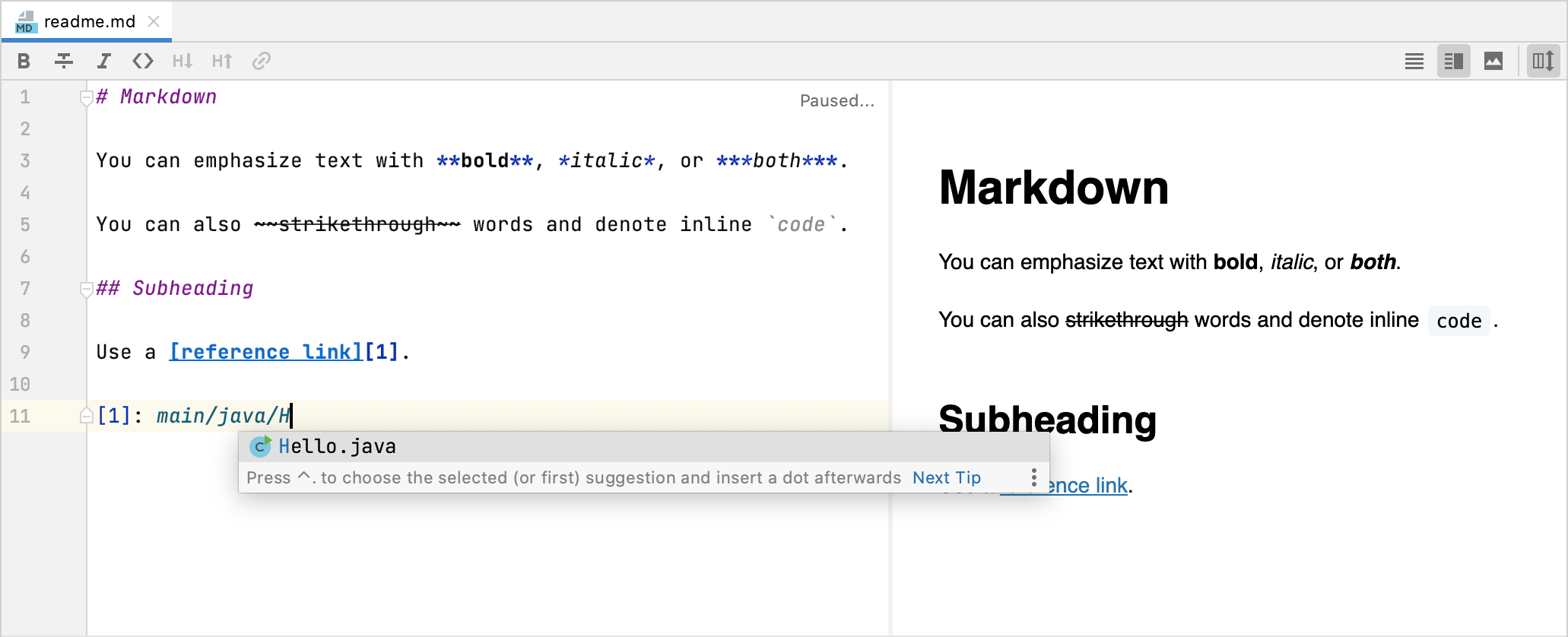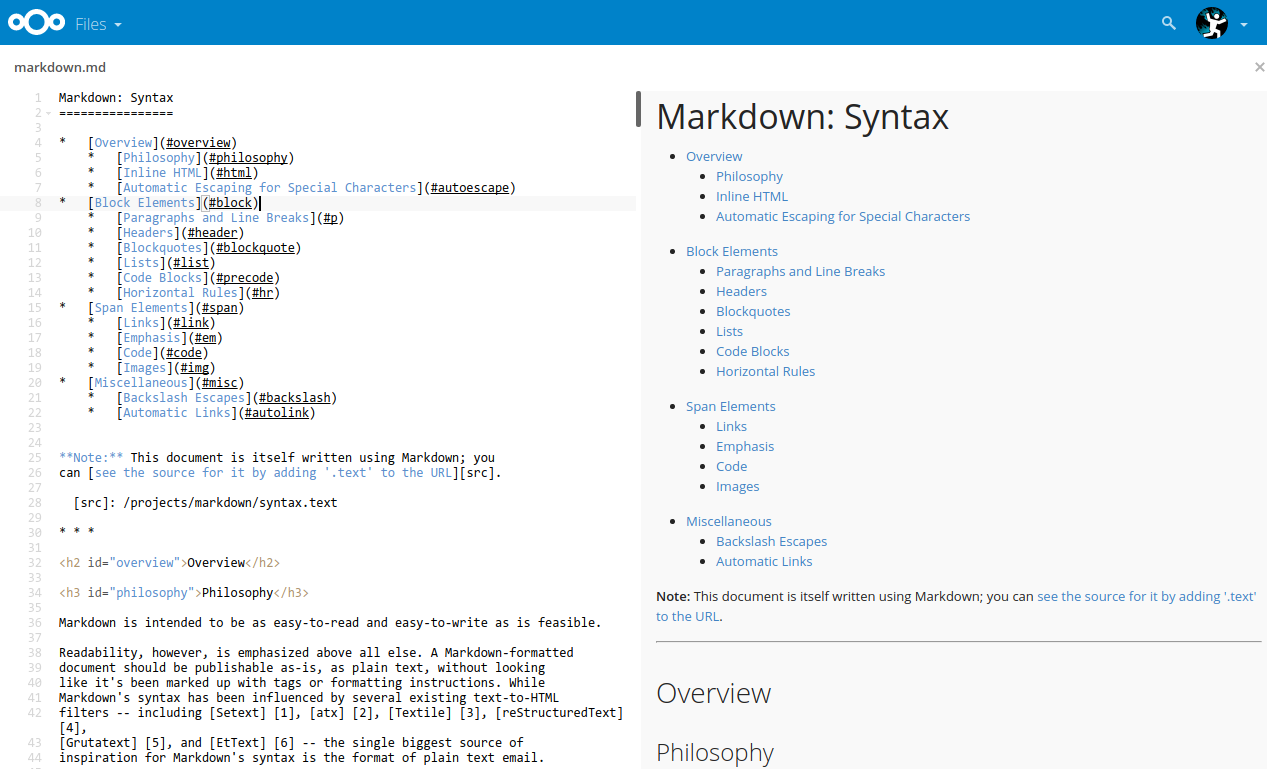

It can be used with Python, R, Julia, and Observable. With Quarto launched, we recommend exploring the next-gen version of R Markdown from RStudio (Posit). We covered inserting comments, images, and tables using various methods. In this blog post, we discussed some tips and tricks for writing R Markdown documents. Under the hood, this creates the following code: -īonus tip: Most find it easier to use the GUI. Next, let’s add some options to the same code.
#Rmarkdown syntax code
We will now create a code chunk without chunk options. Here you place the narrative of the document. Then we will compute the number of rows for that dataset using inline R code. Let’s take a look at both ways of including R code in our document.įirst, we will print the first few rows of mtcars using different chunk options.

Let’s compare the default (Source) and the editing mode (Visual): You can enable it by clicking Visual on the top left corner of the document (or using the shortcut Ctrl+Shift+F4). Visual editing mode allows you to see changes in real-time and preview what your document looks like without re-knitting. Starting with RStudio 1.4, the IDE includes a visual markdown editor that works with both. We recommend exploring Hadley’s R4DS to learn more about RStudio Projects and workflows. Throughout the rest of this section, we will assume that you are using an RStudio Project. One of the benefits of RStudio Projects is that you can work using relative paths to the files you store there without the need to manually define working directories. In this directory, you will store all the files related to the document you will write. If you are using RStudio, you should set up an RStudio Project in the directory where you will create your RMarkdown file. In this post, we will cover different tips and tricks that might help you when writing an R Markdown document. Introduction to R Markdown by Garret Grolemund.If you are new to R Markdown and want to get started we recommend checking out these resources: It’s a versatile tool for dynamic reporting in R, but there are some hidden R Markdown tips we’d like to show you.Ĭurious about Quarto? Get started with our hands-on Quarto tutorial for creating interactive markdown docs. With R Markdown you can create different types of files: HTML documents, PDFs, Word Documents, slideshows, and more. The output from R Markdown is a markdown file that contains chunks of embedded R code. The KDE syntax file definition logic is not the easiest though so that is not straightforward.R Markdown is a format for writing reproducible, dynamic reports with R. So overall, we can try improve the tokenization along the line of your suggestion. In rmarkdown, we're still thinking about backporting the new R syntax for older pandoc (>2.15) - #2290 We've also done the latter in Quarto ( ) to provide custom support (especially markdown). I've done the former already to provide support for new R pipe |> ( ). Either by updating upstream or providing our own using -syntax-definition=FILE. Currently, only the CSS bring by Pandoc is used.Ĭould this be changed / improved by changing the highlight engine used by pandoc for vignettes?Ĭhanging / improving the tokenization means providing a new KDE SYNTAX XML file for Pandoc to use. span with token class are inside other Spans inside a div to code > span.fu does not match pandoc highlighter result anymore. I don't think those highlight rules still applies with recent Pandoc versions.


Some extra highlight rules provided here: Yes Pandoc has a syntax highlighter which does the tokenization, and then brings some highlighting style that we can control with highlight argument of the output format function. My understanding is that this highlighting / tokenization is performed by pandoc


 0 kommentar(er)
0 kommentar(er)
